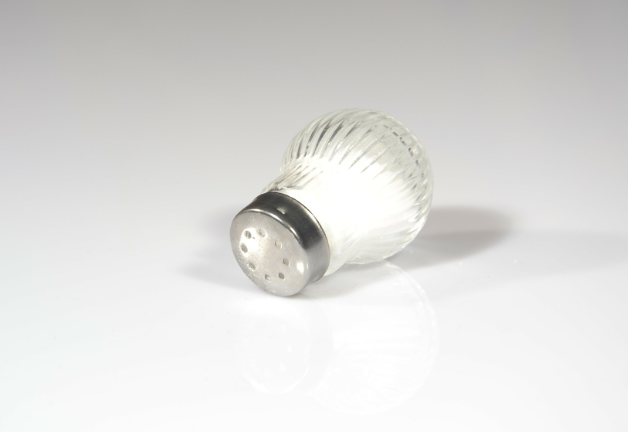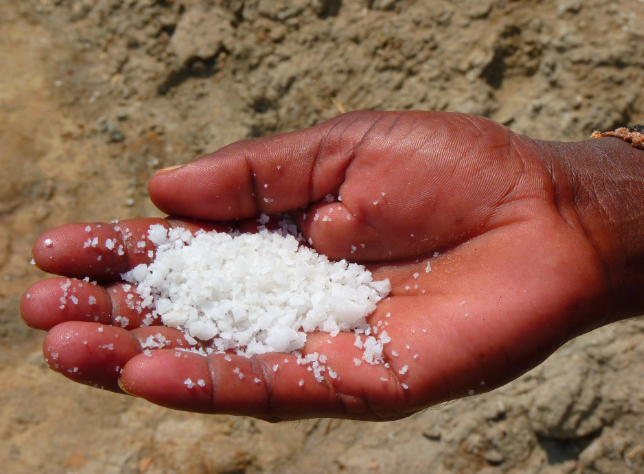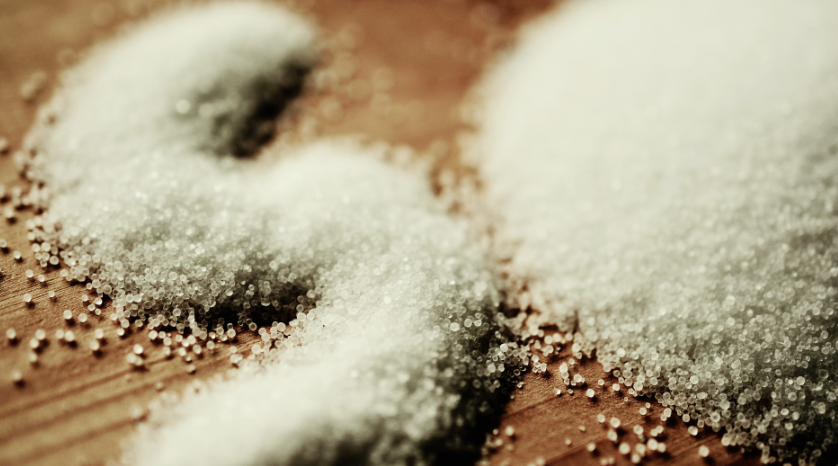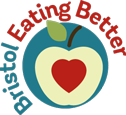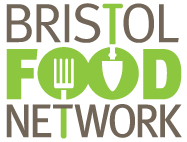Information about salt and how to reduce it in the food you sell.
Objective 2 of the Bristol Eating Better Award outlines 4 actions you can do to reduce salt in the food and drink your business sells.
For more detailed guidance about the actions see the pdf guidance document(904 KB) .
About salt
You might add salt to your recipes, or it may be added to the ingredients or products you purchase. Most people eat too much salt, which can contribute to high blood pressure and increased risk of stroke, heart attack and kidney disease.
You may notice that sometimes salt and sodium are used interchangeably, but they are different. Salt is what we buy and add to food, and sodium is the dietary mineral which is found in salt and processed foods.
Find out more about salt on the NHS website Go to https://www.nhs.uk/live-well/eat-well/food-types/salt-nutrition/ (opens new window).
Find out how much salt is in your ingredients and packaged retail products
Look at the nutritional information to find out how much salt is in your ingredients and packaged retail products.
If a product has more than 1.5g salt (0.6g sodium) per 100g, the product is high in salt. If a product has 0.3g salt (0.1g sodium) or less per 100g, it's low in salt.
If the label only provides sodium, you can work out the amount of salt in it by multiplying the total sodium by 2.5.
Summary and colour code
- Green (Low Salt): less than or equal to 0.3g per 100g.
- Amber (Medium Salt): greater than 0.3g and less than or equal to 1.5g per 100g.
- Red (High Salt): greater than 1.5g per 100g or 1.8g per portion.
Recommended salt intake
When looking at the amount of salt in your products, you can compare it to the recommended maximum salt intakes. Most people eat too much salt.
The government recommends that we should not consume more than the following maximum amounts of salt per day.
- Adults should have no more than 6g of salt a day (2.4g sodium).
- Children aged 1 to 3 years should have no more than 2g of salt a day (0.8g sodium).
- Children aged 4 to 6 years should have no more than 3g of salt a day (1.2g sodium).
- Children aged 7 to 10 years should have no more than 5g of salt a day (2g sodium).
- Children aged 11 years and over should have no more than 6g of salt a day (2.4g sodium).
Source: Public Health England, National Diet and Nutrition Survey Go to https://assets.publishing.service.gov.uk/government/uploads/system/uploads/attachment_data/file/551352/NDNS_Y5_6_UK_Main_Text.pdf (opens new window) and Government Nutrient Guidelines Go to https://assets.publishing.service.gov.uk/government/uploads/system/uploads/attachment_data/file/618167/government_dietary_recommendations.pdf (opens new window)
Hints and tips to reduce salt in your food
You can:
- not add salt to recipes specifically for children and use low salt ingredients in your children's menu items
- change recipes to include less or no added salt
- buy ingredients that contain less or no added salt
- promote food and products lower in salt
- find lower salt alternatives of the ingredients you buy, such as lower salt soy sauce, reduced salt baked beans, tinned fish in water instead of brine, or low salt stock
- display some healthier foods alongside high salt snacks, such as breadsticks, rice cakes, low salt crisps, fruit or seeds as an alternative to regular crisps and salted nuts
- use healthier flavourings instead of salt, such as herbs and spices, lemon juice and vinegar
- use as little salt in recipes as possible if you still need to add salt
- make sure your saltshakers have small holes: this will help the customer add less salt to their food
- get saltshakers with fewer holes if you use the large dredger type
- consider removing saltshakers from tables
- don't automatically include salt sachets with takeaway food, keep them behind the counter for customers to request
Page last reviewed: 4 October 2022
